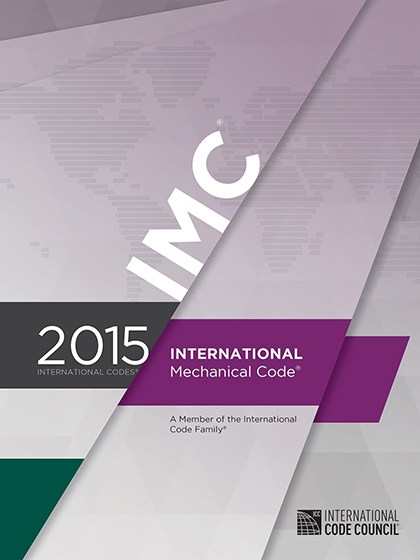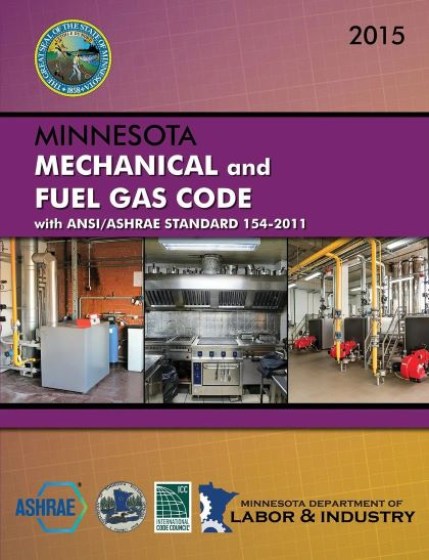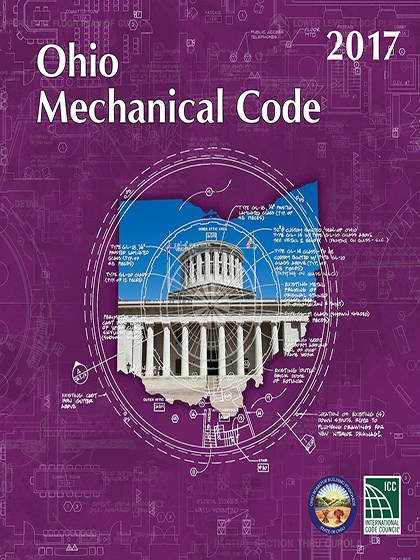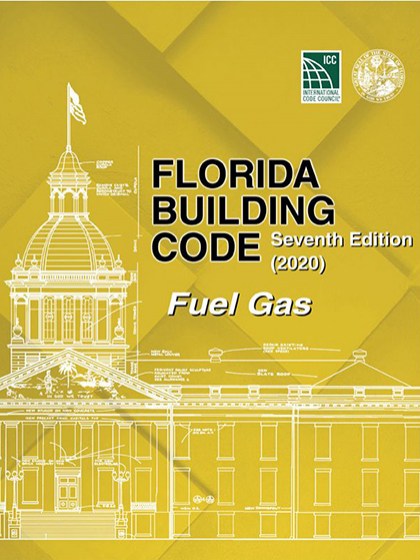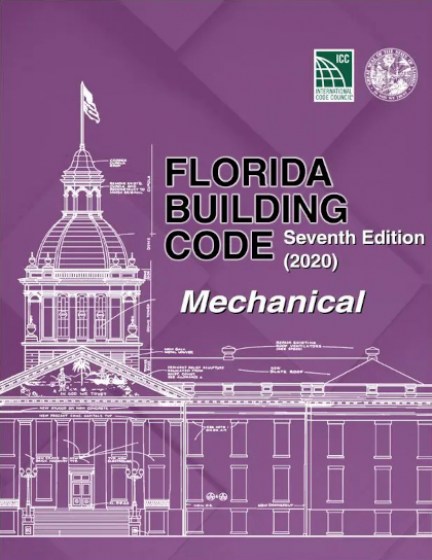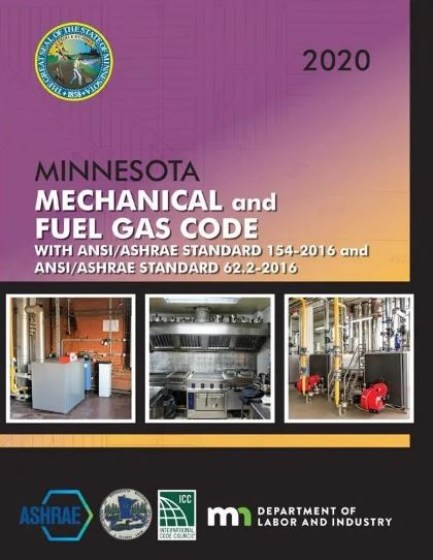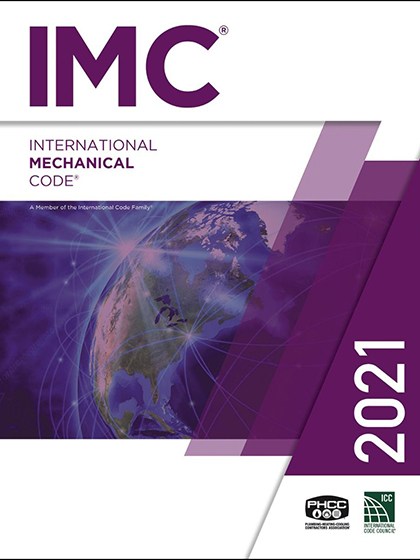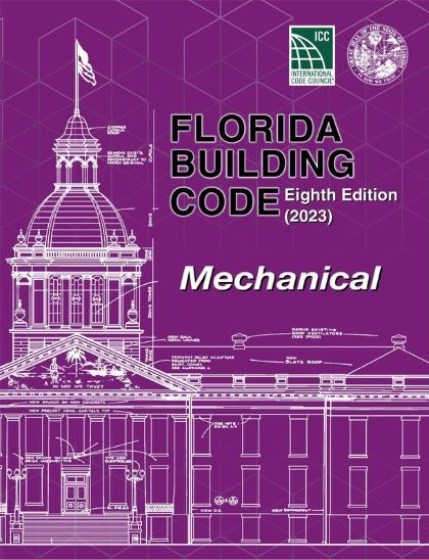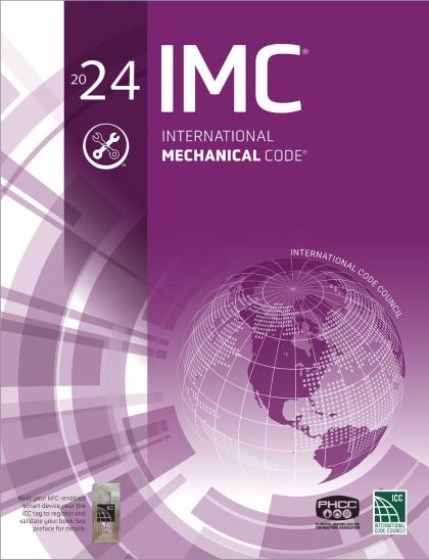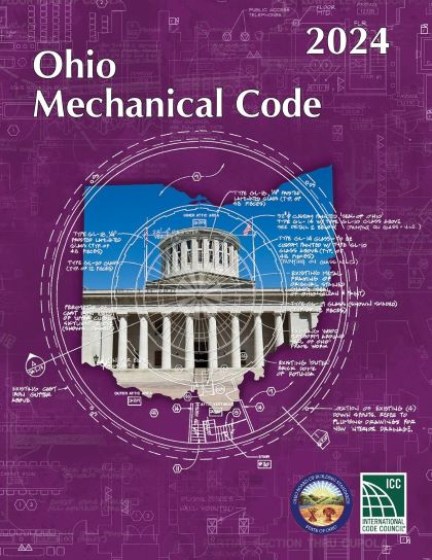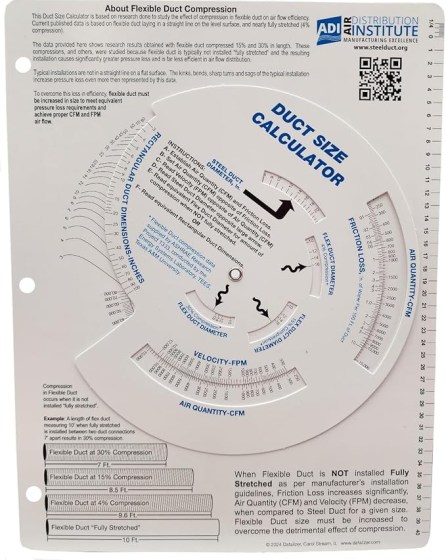HVAC
$78
Please visit our courses page to check out our bundle discounts!
HVAC
$1,252
Please visit our courses page to check out our bundle discounts!
Building
$824
Please visit our courses page to check out our bundle discounts!
Building
$824
Please visit our courses page to check out our bundle discounts!
Building
$482
Please visit our courses page to check out our bundle discounts!
HVAC
$1,013
Please visit our courses page to check out our bundle discounts!
HVAC
$1,134
Please visit our courses page to check out our bundle discounts!
HVAC
$785
Please visit our courses page to check out our bundle discounts!
Building
$965
Please visit our courses page to check out our bundle discounts!
Building
$199
Please visit our courses page to check out our bundle discounts!

